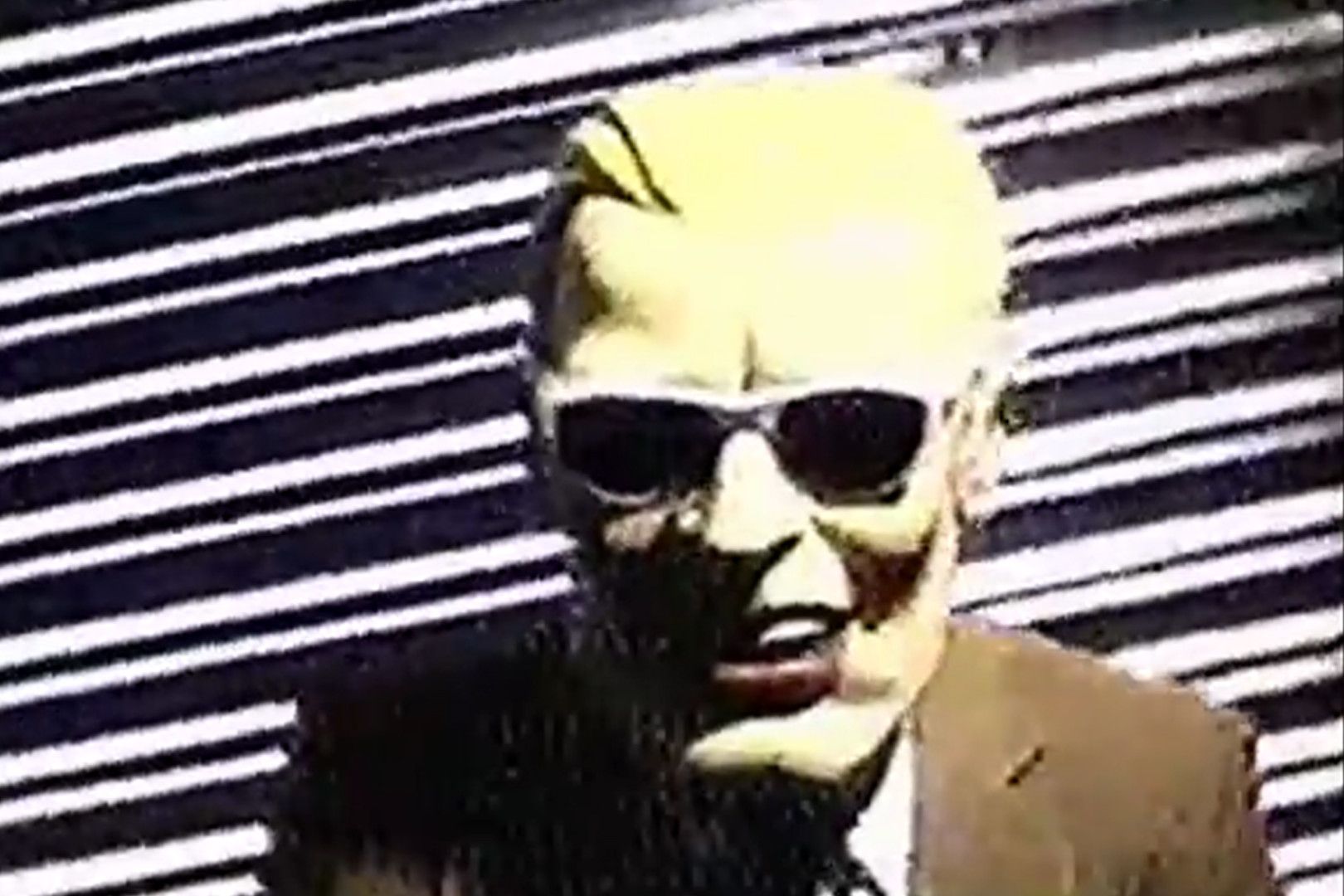Remembering the Max Headroom incident
Thirty years ago, two television stations in America were subject to one of the weirdest moments of broadcasting ever. An unknown perpetrator, assuming the guise of fictional AI character Max Headroom, made national news with two hacks, which remain unexplained to this day. On this anniversary, we look back at what happened.
On the night of November 22, 1987, TV viewers in Chicago were enjoying The Nine O’Clock News on independent station WGN-TV. During highlights from the Chicago Bears’ home victory over the Detroit Lions that afternoon, the screen went black for about 15 seconds, and then returning with a person wearing a Max Headroom mask, moving around and bobbing. Other than a buzzing noise and an oscillating sound, there was no audio, and the broadcast was soon stopped after engineers at WGN switched the frequency of their studio link. (I’ve attached the two videos, but be warned that they can make for incredibly disconcerting viewing.)
Sports anchor Dan Roan was left bemused, saying: ‘well, if you’re wondering what’s happened, so am I!’
That may have been it were it not for a second incident that night. At around 23:15, during a broadcast of Doctor Who classic serial ‘Horror at Fang Rock’ on WTTW, the signal was hijacked again and, this time, Headroom had stuff to say.
The show was interrupted by some static, and then Headroom appeared on screen. He ranted about WGN sports pundit Chuck Swirsky, and then began to moan, scream and laugh in equal measure. He hummed the theme tune to Clutch Cargo, and complained about his piles, before implying that his brother had given him a bloody gardening glove. The picture then cut to his partially exposed buttocks, with an accomplice spank him with a flyswatter. After around 90 seconds, the transmission blacked out, and Doctor Who resumed – WTTW had no engineers on duty at its transmitter, and so couldn’t do anything about the hijack until it was already over.
The FCC and the FBI quickly joined forces to find and arrest the signal pirate and although they came up with a few clues as to the identity of the perpetrator (it has to be someone with a knack for electronics, and with equipment of sufficient power to smother WTTW’s broadcast), they never found them. The idea in itself was nothing new – broadcast signal intrusion had happened before and still happens to this day. Overpowering the frequency of a broadcast was the key method, but some cases in America have also seen people break into transmitter areas and manually take over a broadcast feed.
Perhaps what makes the Max Headroom incident quite so iconic nowadays is that it remains unsolved. The perpetrator is unidentified, and there is still no obvious motive as to why the act was committed. There are hints of a grudge against WGN but, on the whole, it seems as though this hack happened to disconcert, and to frighten. In a world where hacks were a thing of science-fiction, this was an out-of-the-blue, terrifying happening.
Will we ever find out what really happened in the Max Headroom incident and, more interestingly, why? Probably not, and that’s why this incredibly bizarre piece of TV history will remain fascinating forever.

Comments